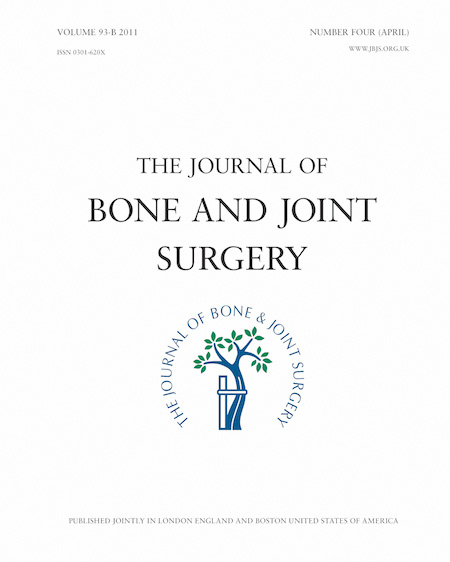
ARTHROPLASTY
Joint line position correlates with function after primary total knee replacement
This report has been verified
by one or more authors of the
original publication.
Journal of Bone and Joint Surgery; 2011; 93(B): 1223-1231
115 patients requiring total knee replacement (TKR) were randomized to receive either a computer assisted procedure or a conventional approach. The results of 2 year follow-up indicated that there were no significant differences between the two groups in regards to changes in the joint line from the tibial or femoral side. Additionally, it was found that no significant differences were observed in quality of life scores between the two groups.
Unlock the full ACE Report
You have access to {0} free articles per month.Click below to unlock and view this {1}
Unlock NowCritical appraisals of the latest, high-impact randomized controlled trials and systematic reviews in orthopaedics
Access to OrthoEvidence podcast content, including collaborations with the Journal of Bone and Joint Surgery, interviews with internationally recognized surgeons, and roundtable discussions on orthopaedic news and topics
Subscription to The Pulse, a twice-weekly evidence-based newsletter designed to help you make better clinical decisions
Exclusive access to original content articles, including in-house systematic reviews, and articles on health research methods and hot orthopaedic topics
Or upgrade today and gain access to all OrthoEvidence content for just $1.99 per week.
Already have an account? Log in


Subscribe to "The Pulse"
Evidence-Based Orthopaedics direct to your inbox.
{0} of {1} free articles
Become an OrthoEvidence Premium Member. Expand your perspective with high-quality evidence.
Upgrade Now













































































